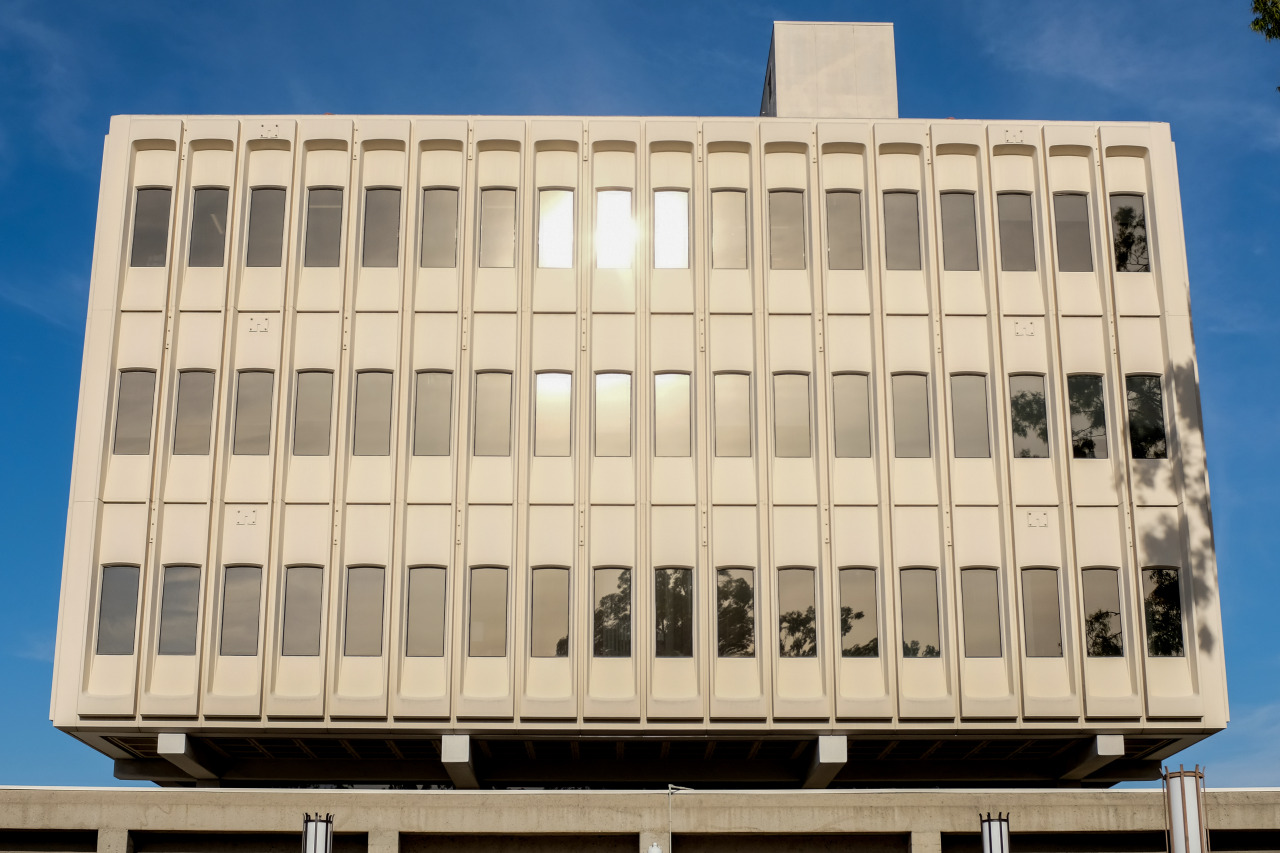The Brutalist Architecture of University of California Irvine
I was in Southern California at the end of the year to spend Christmas with my wife’s family. On one especially lazy day after the holidays, we decided to visit the campus of University of California, Irvine, my wife’s alma mater. I didn’t know her in college and wanted to see where she studied undergrad, and she hadn’t been back since. I didn’t know anything about the school or campus, but when we pulled up to the main entrance, my wife turned to me and said, “Get ready for a lot of brutalism.” [[MORE]]
And a lot of brutalism there was! What my wife didn’t tell me — and what none of us knew — UCI is home to a collection of brutalist structures designed in 1963 by William Pereira. Pereira, an amazingly prolific architect, worked out of Los Angeles, became a professor at University of California in 1949. He designed the master community plan for the entire city of Irvine, San Francisco’s Transamerica Pyramid, UCSD’s Geisel Library, and the original buildings of the LA County Museum of Art. He is one of the few architects to make the cover of Time Magazine.
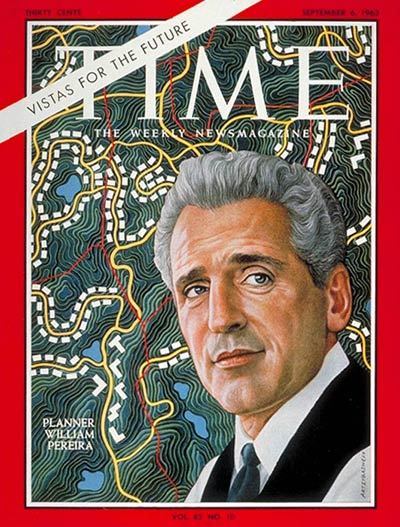
The campus is designed around a central park — whose landscape architecture was inspired by Fredrich Law Olmstead — so no building would be more than a ten minute walk from any other. Pereira, a science fiction fan, wanted to create a modernist/futurist environment where every building related to the other, creating a unified style across the campus. “It was a bold plan at the time, and still is. Pereira wanted to create a sort of academic village in a wooded, hilly park.” writes Darren Bradley, an architectural photographer, “At the time, it was a barren hillside of treeless cow pastures. Instead of flattening the hilly terrain with bulldozers, he created floating white concrete platforms suspended over the ground on pedestals, that would support the buildings and present them like individual sculptures on display in a giant museum sculpture garden.


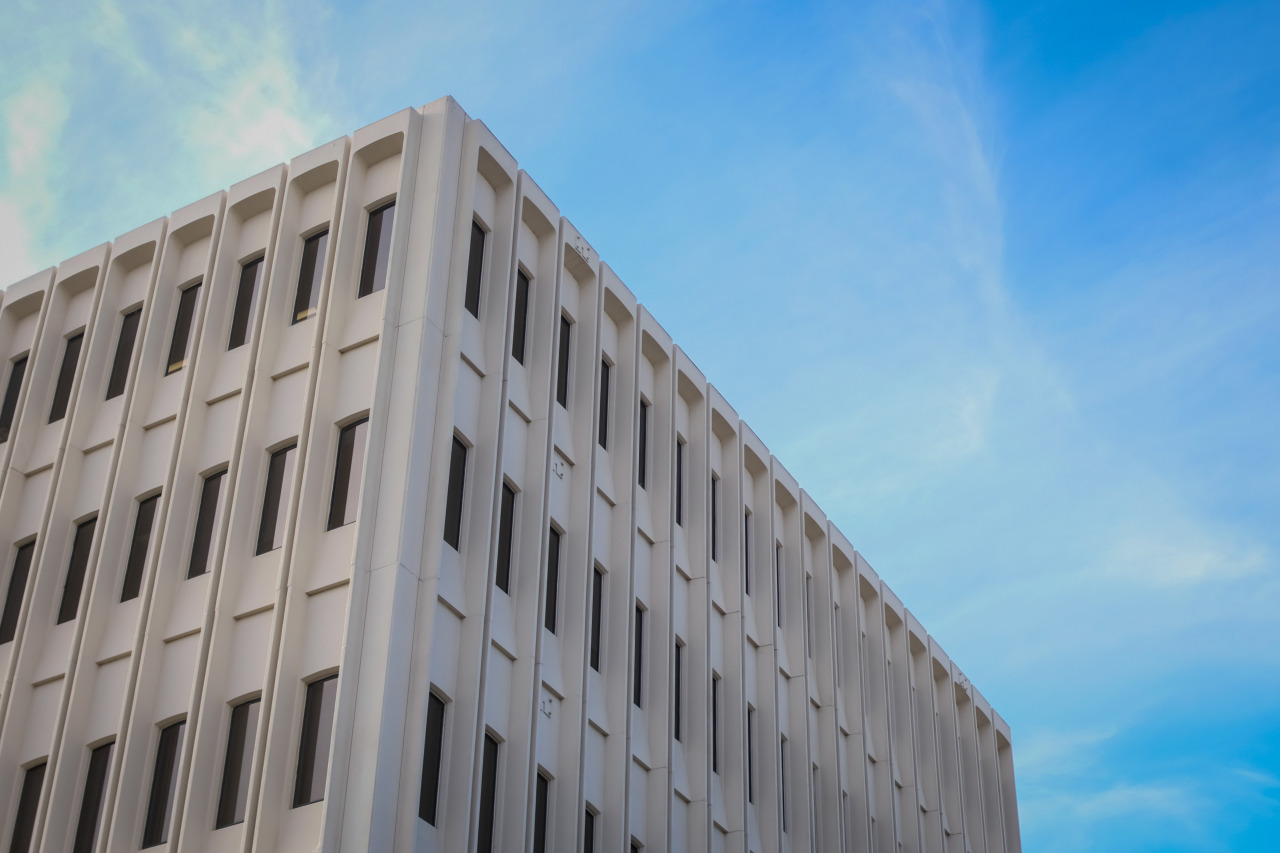


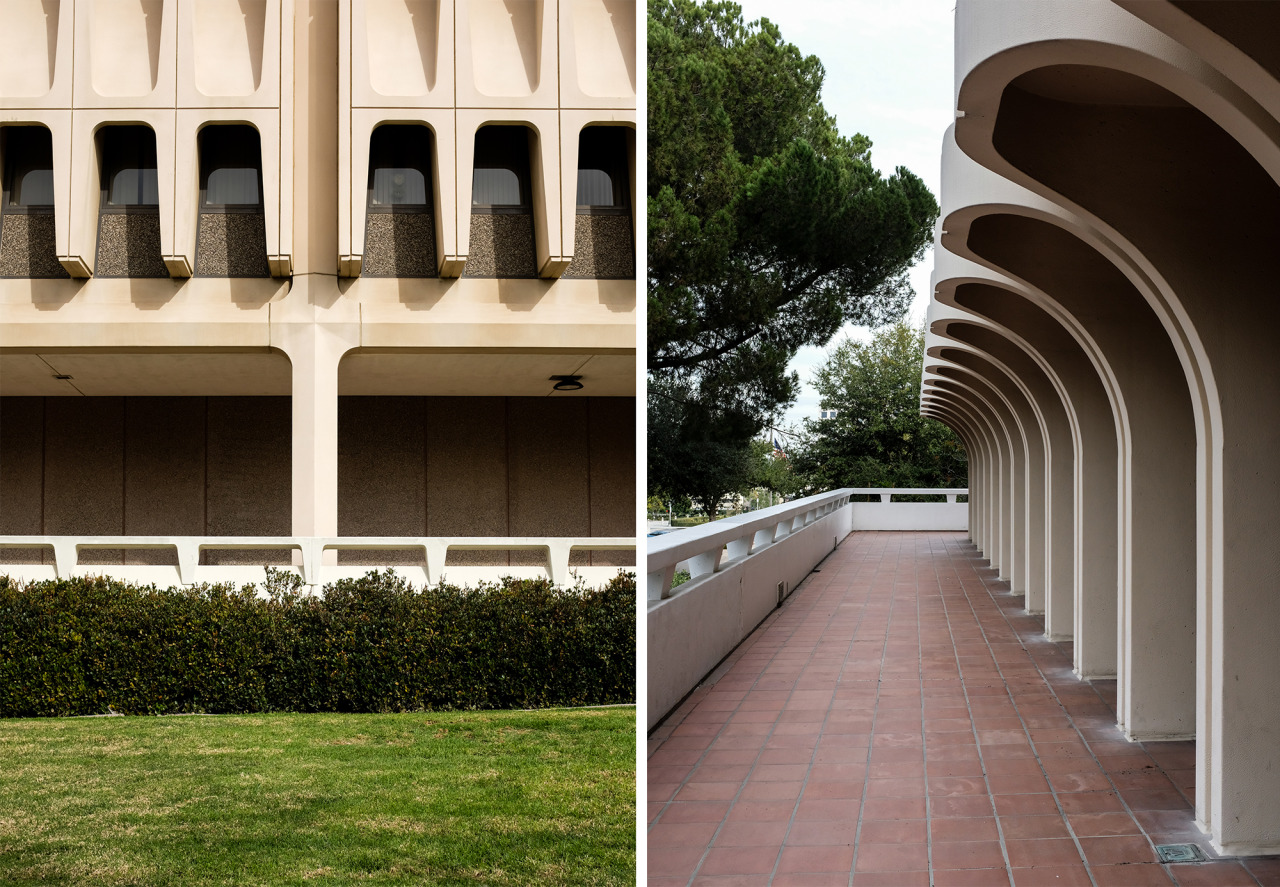

In 1977, Pereira was replaced as campus architect by David Neuman, who immediately announced that he was abandoning Pereira’s careful plan. By then, modernism had fallen out of vogue and Neuman invited postmodern architects like Charles Moore, Venturi & Brown, and Robert A.M. Stern to design new buildings for the campus. After a building freeze construction resumed in the late eighties and continues today as the campus continues to grow. The new buildings attempt — at varying degrees of success — to bridge the styles of Pereira’s original plan and Neuman’s postmodern dreams. My favorite building of the postmodern era is probably Arthur Erickson’s McGaugh Hall — a quintessential postmodern structure that sticks out like a sore thumb in the sea of concrete but is strangely charming in its environment.

Pereira’s legacy on the UCI campus lives on, even if not for the modernist, utopian dream he set out to plan. The campus was featured heavily in the 1977 Conquest of the Planet of the Apes. As a science fiction fan, I can’t help but think Pereira would be pleased to see his work immortalized, even if it is meant to be the architecture of an oppressive ape regime.
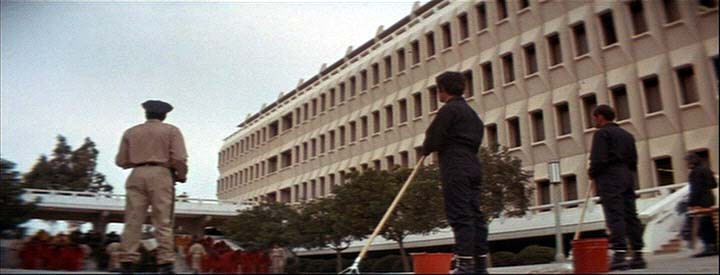
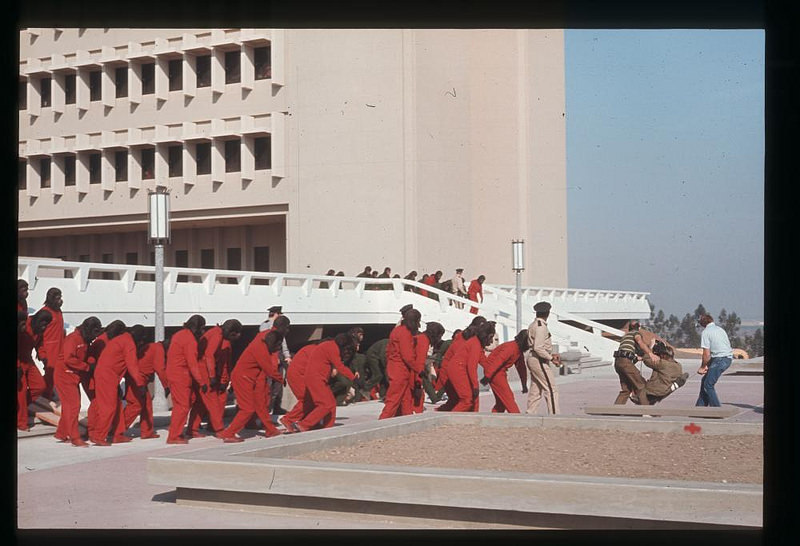
All photos my own, except for Planet of the Apes screenshots.
